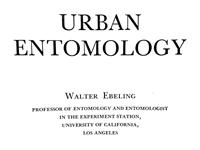Termite
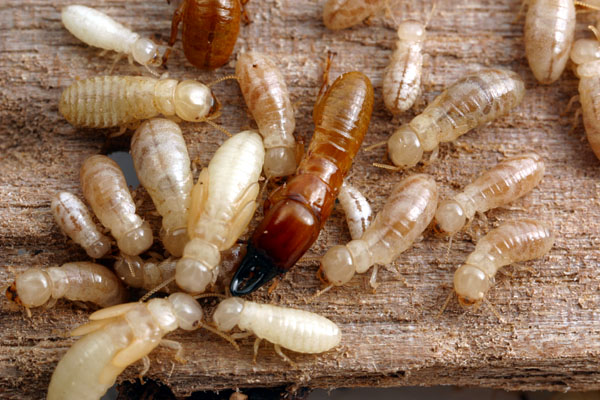
1. Termite behavior
We study termite behavior.
2. Termite control methods
In a recent research project conducted by a graduate student (Daniel Perry), we have investigated the use of volatile essential oil compounds as an "added" treatment option for heat treatments targeting western drywood termites, Incisitermes minor (Hagen).
Use of heated air to create lethal temperatures within infested wood serves as a nonchemical treatment option against drywood termites. When treating a whole or large portion of the structure, however, the presence of hard-to-heat areas (structural heat sinks) and potential risk of damaging heat-sensitive items are recognized as important challenges. To address these challenges, we tested if the incorporation of a volatile essential oil would increase the overall efficacy of heat treatments against the drywood termites.
As a proof-of-concept experiment, field-collected termites were housed in small wooden arenas and subsequently subjected to 2-h heat treatment at various air temperatures within a gas chromatography oven. A simulated heat sink and essential oil treatment was also included in the experimental design.
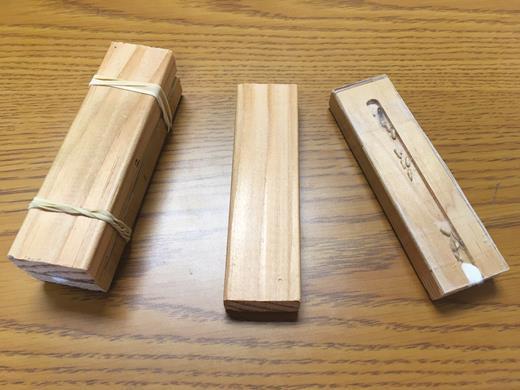
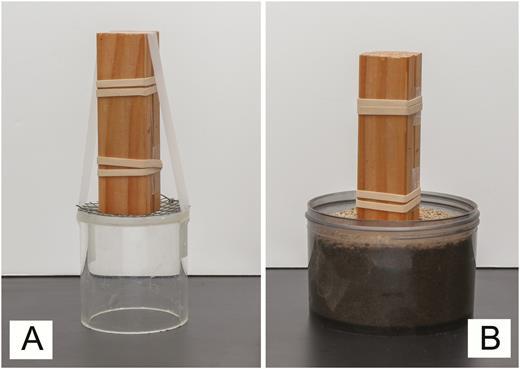
Our findings suggested that 1) the presence of a heat sink significantly increased the minimum air temperature needed for complete kill of the termites and 2) the volatile essential oil added at the site of a heat sink effectively counteracted the impact of the heat sink.
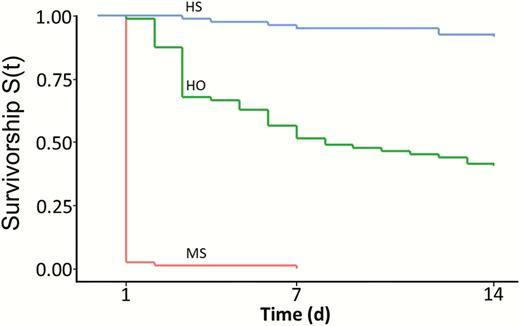
In the survivorship curves above, comparison between HO and HS indicates that structural heat sinks shield termites from heat treatments. Comparison between HS and MS indicates that the addition of MS at the site of a heat sink can effectively counteract the insulative nature of the structural heat sink.
To learn about this study, click here.
3. Termite detection
We study termite detection.
4. Termite IPM
We study termite IPM.



